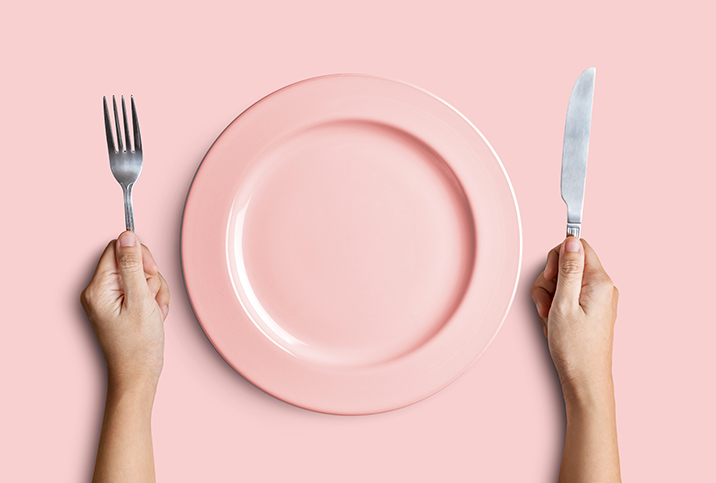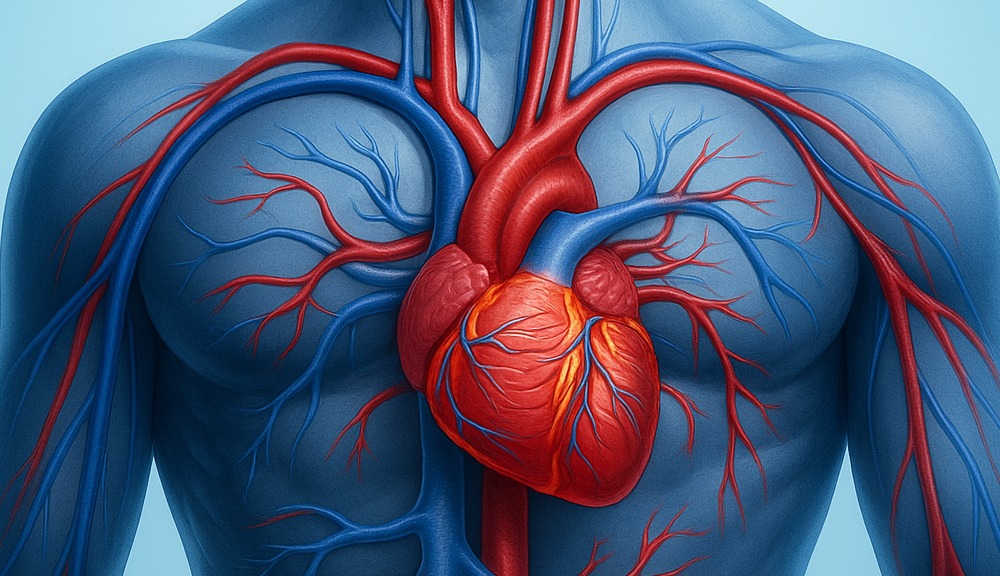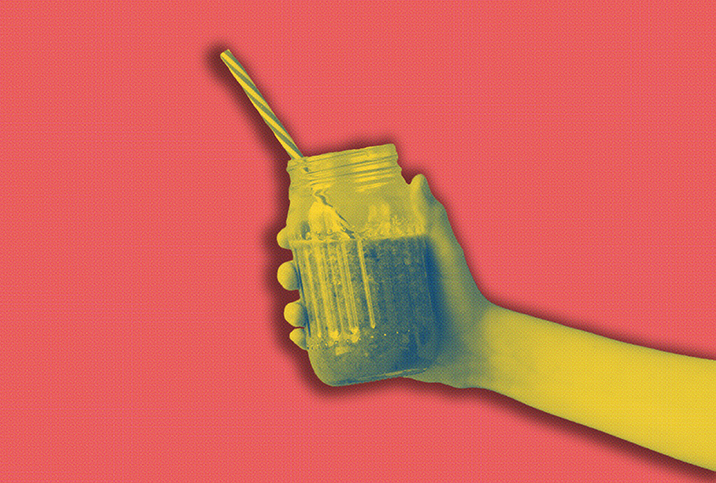Eating Your Placenta: A Flawed Health Fad?

There are many logical reasons why eating the placenta after childbirth makes sense. The placenta contains all the good nutrients and minerals that helped the baby grow into a healthy human. It also has estrogen and progesterone, the two primary hormones whose levels drop after birth, in some cases causing postpartum depression.
However, there are risks to eating the placenta, resulting in a nearly unanimous decision among doctors and researchers that placentophagy does more harm than good.
What is placentophagy?
Placentophagy is the medical terminology to describe a mother consuming the placenta after the birth of a baby.
During pregnancy, the placenta connects the baby to the uterus and acts as a filtration device. It delivers nutrients, oxygen and blood to the baby, while also filtering any waste produced by the child.
Monkeys, cows, rodents and wolves all eat their placentas after giving birth as part of the cleanup process. The placenta is rich in iron and leaves a distinct smell of blood in the air, attracting other predators to the birth scene if not cleaned up.
In humans, placentophagy is rare but has gained popularity in the past decade. Obviously, humans don't usually worry about attracting predators after childbirth, so why eat the placenta?
Why do some women choose to eat their placenta?
In 2015, celebrity Kim Kardashian chose to eat her placenta and claimed it prevented postpartum depression, reduced postpartum bleeding, and improved energy levels and milk supply. Due to Kardashian's experience, placentophagy has made its way into the modern zeitgeist. Given the interest in placentophagy in popular social media outlets, it's no surprise women are curious.
After giving birth, women are likely to experience anemia, depression and lack of energy. Some claim eating the placenta can lower and improve almost all harmful postpartum conditions, making it an enticing consideration for women who fear severe postpartum symptoms.
In surveys, 3 out of 4 women say they see positive effects from eating their placenta after childbirth—whether the placenta is blended into a smoothie, dehydrated and encapsulated, or fried up with some vegetables as stir-fry.
However, doctors and scientists haven't been able to back up these claims, and many think the positive effects are a placebo. Since there are no proven claims associated with placentophagy, most medical professionals discourage the practice.
What do doctors say about placentophagy?
Doctors recommend that women don't eat their placenta after giving birth. Placentas are filters for the baby, meaning they contain heavy metals (mercury, cadmium and lead) and other waste.
Some of the risks of eating placenta include:
- Viral and bacterial infections
- Blood poisoning from lead and mercury
- Contamination of breast milk
Placentas contain harmful bacteria and aren't sterile. If the placenta isn't heated to 130 degrees Fahrenheit for two hours, the bacteria won't be killed.
Dehydrating and encapsulating the placenta doesn't guarantee safety, either, since there is no regulation of placenta encapsulation. If the placenta is cooked for too long or at too high a temperature, it also runs the risk of destroying any potentially helpful nutrients.
For both the baby and the mother, eating the placenta has more proven risks than benefits, which is why doctors don't recommend eating the placenta after childbirth.
As an alternative to eating placenta, try eating nutrient-dense foods such as beets, liver, eggs, quinoa, nuts and leafy greens.
Maintaining a balanced diet of nutrients will benefit a woman's body after pregnancy more than eating the placenta. There are too many risks and not enough regulation in placentophagy, putting both the baby and mother at risk.


















